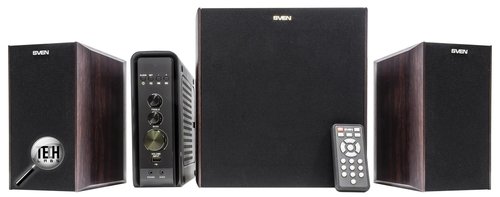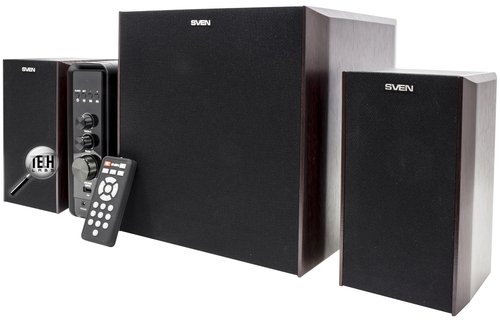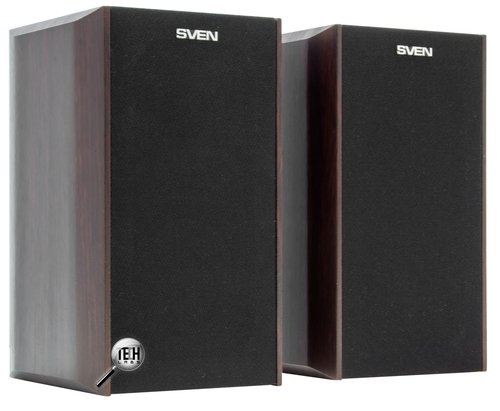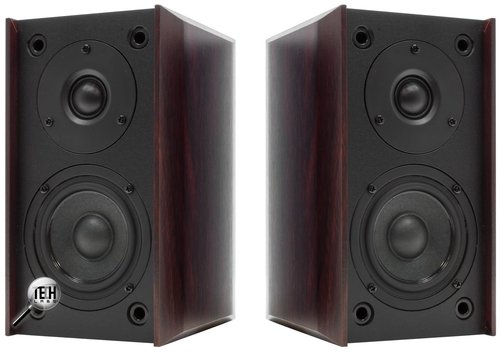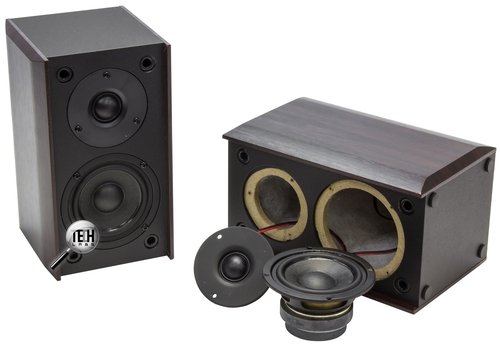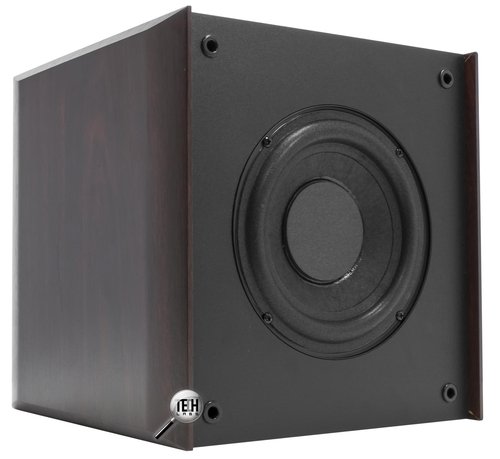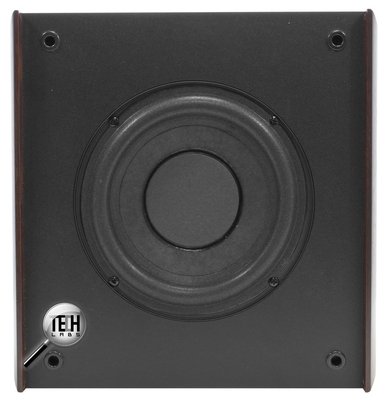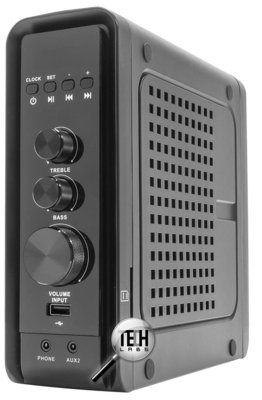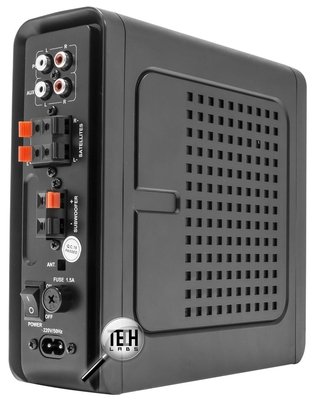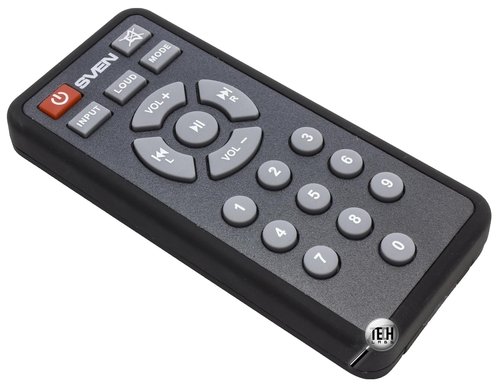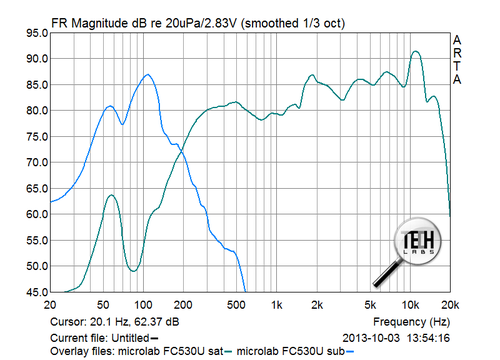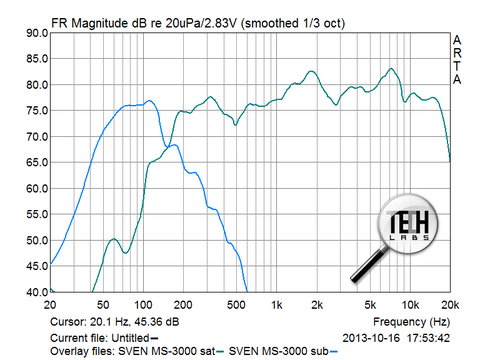We’ll talk today probably about the most demanded speaker systems. They are relatively inexpensive three-component sets with a subwoofer at the price of one hundred dollars or a little bit more. Such solutions seem advantageous according to the whole set of circumstances. They are compact enough, i.e. they do not occupy much place in a room, they are installed easily, but the main thing, they provide quite tolerable sound level.
Our testing will be also interesting by the fact that we do not only touch with the mainstream segment in a separately taken point, but we will compare two interesting standards at once. Both of them are quite new, therefore several additional titbits were added to a standard speaker set as a player and radio. Their general level according to the declared specifications turns out quite comparable. The most recent MS-3000 speaker system will represent SVEN Company in this duel and FC530U will act on the part of the Microlab.
SVEN MS-3000: design, construction and features
So, we will start with MS-3000. The system looks quite strikingly, but this fact does not belittle the acoustic constituent of the interior at all. It is obvious that they are full-fledged speakers, but not cheap speakers designed for a summer cottage.
Satellites have wooden cabinets which by common lines greatly remind the top stereophonic speakers of the Stream series. Naturally, it is specified by the availability of interesting rounded protective pads made as the wooden mass, which are fastened to ordinary MDF cabinets. Such speakers can be placed whatever you like – on any horizontal surface or be hung on the wall, they have wall mountings for this purpose. At that it is necessary to take into account only one circumstance, there are small phase inverters are behind the satellites, but even if they are closed the sound will not be changed tangibly.
A full-fledged two-way scheme is used to reproduce frequencies, and that fact is not such a frequent phenomenon for this price range. A standard squawker with a cone approximately 55 mm in diameter is added with a full-fledged one inch tweeter with the fabric cone. It is pleasant to see a real HF-emitter, at that it is not a simple plastic one, but a fabric emitter.
Surprisingly the subwoofer is constructed quite properly as well. There are no openings and insertions on its wooden cabinet; therefore the speaker is made as a closed box. This reduces a little the system efficiency in the plan of its power, but the bass becomes harder and less vague, and the subwoofer is more adequate to different types of premises.
Its head has a cone approximately 120 mm in diameter; therefore the aggregate is totally characterized by quite unchildish appearance.
The electronic unit is taken away to a separate plastic amplifying block. It can be placed in any position – horizontally or vertically – as it is necessary for a situation. There is a large knob on the front of it to change the volume and two timbre controls. And by means of four small buttons you can set all options, tune in the radio and select tracks.
As many modern systems, SVEN MS-3000 is a peculiar kind of symbiosis of several electronic devices at the same time. The system plays not only the music via analog inputs, but can do it from the most popular carriers – SD memory cards and USB flashes. Besides, there is a full-fledged FM-tuner with a possibility to record favorite stations to the memory. Some jacks on the front panel to connect telephones and clocks operating in the stand-by mode look like additional small bonuses.
Testing and subjective impressions
As the first step we suggest to consider the gain-frequency characteristics of both systems. It is obvious that they are non-perfect, because we are speaking of a modest price range; however some moments are quite cleared up. For example, Microlab FC530U satellites save a nominal level for a long period of time even in spite of the absence of full-fledged high-frequency loudspeakers. At that the upper range is lifted up tangibly, and that will be a reason of appearance of superfluous sound intensity. The subwoofer has a standard phase inverter characteristic of not the best kind, that it conditioned by one strikingly expressed peak a little bit higher of 100 Hz. It will speak in deep voice, but not widely, plus, there is a possibility of muttering.
Satellites of SVEN MS-3000 have quite more even character of sounding with a fully decent middle. There are no problems with high-frequencies. The subwoofer demonstrates a good characteristic in the range from 40 to 180 Hz. The coherence is executed quite normally; a peculiar dip is not felt.
The subjective impressions after listening fully coincide with the available diagrams. The potential of both subwoofers we estimate approximately equally. A larger loudspeaker is used in MS-3000, but there is a phase inverter in Microlab FC530U, that is why the final sound pressure is comparable. SVEN differs in greater bass restraint, maybe, sometimes the Microlab plays even more fully, but this subwoofer really tends towards muttering much more. But there are striking differences in sounding of satellites. In SVEN system they play more tone frequency right, when FC530U has excessively striking timbre color. In many cases it even does well, because the sound seems more vivid, but in this case it turns out too obtrusively, one can say, stridently.
Conclusion
On the whole we can say that the systems considered demonstrate the quite good level of operation, and additional bonuses as remote controls, a player and radio only add to the modern multimedia system. However there is great difference in sounding of systems. If subwoofers are quite comparable, then satellites of the Microlab FC530U have too obvious strident tint on the background of neutral satellites of SVEN MS-3000. That is the reason why we are inclined to the last systems.

